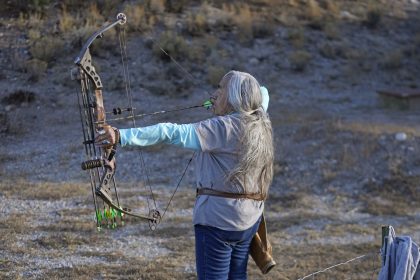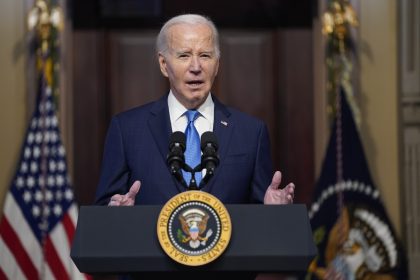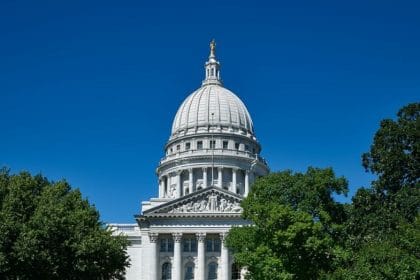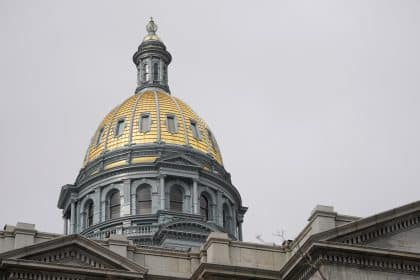Dam Disaster Raises Concerns Communities Not Prepared For “Rough” Hurricane Season
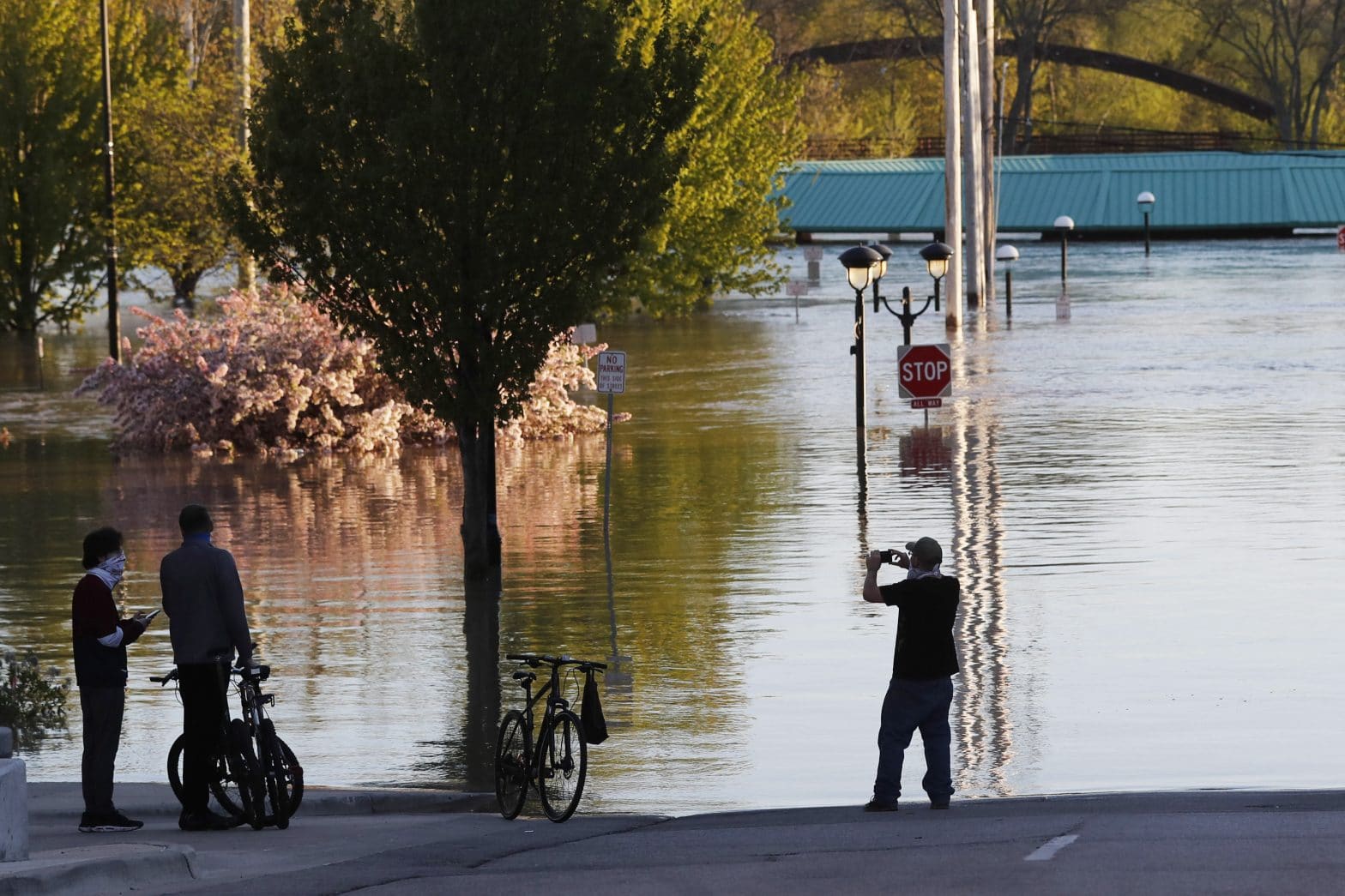
Thousands of Michigan residents were forced to evacuate their homes on Wednesday after heavy rains caused two dams to fail in Midland county, about 120 miles northwest of the city of Detroit.
The breaches of the Edenville and Sanford Dams sent a deluge of water into nearby communities, prompting local authorities to activate disaster response plans as emergency responders rushed to rescue residents and set up temporary shelters.
The flooding comes as Michigan struggles to contain one of the worst coronavirus outbreaks in the nation, reporting more than 50,000 cases and a total of 5,060 deaths so far.
Governor Gretchen Whitmer initially declared a state of emergency and deployed members of the Michigan National Guard to assist local authorities in their rescue efforts. But they were quickly overwhelmed, and on Wednesday the governor requested a federal emergency declaration in a letter to President Trump.
“Despite our efforts, local and state resources have been insufficient to respond to the situation. The availability of equipment and personnel is further limited due to the ongoing effects and response requirements of the coronavirus (COVID-19) pandemic.” Whitmer said. “Therefore, additional federal assistance is required to protect public health, safety, and property, and to lessen or avert the threat of more severe and persisting impacts to the community.”
As the country heads into hurricane and wildfire season, experts say the dam failures in Michigan raise serious concerns about the ability of states and local governments to respond to disasters during the pandemic.
“I think it’s going to be a rough summer and fall,” says Irwin Redlener, director of the National Center For Disaster Preparedness at Columbia University. “There’s so much focus on the pandemic that the planners and the policy makers don’t have the capacity to absorb the possibility of a big coastal storm coming their way.”
Scientists predict that this year’s hurricane season will be active, with a high likelihood of a major storm making landfall on the Atlantic Coast and in the Carribean. According to a report by the Department of Atmospheric Science at Colorado State University, there’s a 69% chance that a Category 3, 4, or 5 hurricane will touch down on the U.S. Coastline this year.
Redlener says that maintaining proper social distancing — especially in shelters — could be a major challenge during a hurricane evacuation. “What makes this particularly difficult is that the guidelines for dealing with this pandemic may be diametrically opposed to what we expect would have to happen in a large-scale hurricane,” he says.
To avoid a COVID-19 outbreak, emergency responders may have to double or even triple the amount of shelter space that is typically required, Redlener says. “The chance of having highly vulnerable people in close proximity to people who may be carrying the COVID-19 virus is going to be dramatically increased,” he says. “People at risk are going to be at more risk.”
Preparing for that scenario isn’t impossible, Redlener says, but it would need to happen immediately. The Atlantic hurricane season runs from June 1 to November 31, according to the National Oceanic and Atmospheric Administration.
Aaron Clark-Ginsberg, a social scientist for the RAND Corporation, a nonprofit think tank based in California, says that many local communities affected by the coronavirus will not have the necessary resources to deal with disasters in the coming months.
“It’s kind of a worrying situation that we’re heading into right now,” says Ginsberg, an expert on disaster mitigation. “People are suffering, states are stretched, resources are stretched and then you’re laying on top of it potentially these large natural hazards like wildfires and hurricanes.”
Counties and cities across the country have seen their emergency resources pushed to the limit by the coronavirus. COVID-19 cases have in some cases overwhelmed local health departments, hospitals, and emergency responders like ambulatory services and firefighters.
Ginsberg says that states and local governments are on the frontlines when it comes to tackling natural disasters. “Individual local communities — they’re often the ones who are the first responders,” Ginsberg says. “They’re the first on the scene, and they’re the last to leave.”
If responding to a disaster becomes too costly, governors can ask the president to make a declaration under the Stafford Act, which allows the federal government to send additional resources and to reimburse state and local costs.
Depending on the magnitude of the disaster — whether it’s an earthquake, a flood, a tornado, or a hurricane — the president may or may not ask the Federal Emergency Management Authority (FEMA) to step in.
But Ginsberg says there’s a widespread misconception that FEMA plays a bigger role than it actually does. “FEMA as the white knight showing up on the horse to save the day — that’s not what happens,” Ginsberg says “FEMA plays a supporting role in the end.”
The federal agency issued new guidelines on Wednesday that address some of the challenges local governments could face in responding to natural disasters during the pandemic.
“As the nation continues to respond to and recover from COVID-19 while posturing for the coming hurricane season, emergency managers must continue to operate under a framework of a locally executed, state managed, and federally supported approach to incident stabilization,” the document says.
In California, the 2020 wildfire season has so far been delayed by an unusually wet spring. Still, forecasters have predicted a higher-than-usual risk of large fires in Northern California, and a normal risk in Southern California.
The federal CARES Act — passed by Congress in March — allocated $100 million in grants to supply firefighters and emergency responders with personal protective equipment and other supplies during the COVID-19 crisis.
But Ginsberg, a former firefighter, says that maintaining social distancing guidelines will be a difficult exercise for fire crews. “When you work at fighting fire, you’re working in very close proximity with other firefighters,” he says. “You’ve got a fireline, you’re traveling together, you’re sleeping in the same firecamp, you’re eating together.”
Responding to wildfires could also be complicated by COVID-19 related budget cuts for local fire departments.
Around 1,000 fire department employees have already been laid off or furloughed as a result of budget shortfalls in local communities, according to a survey by the International Association of Fire Chiefs. The survey predicted that as many as 30,000 fire department jobs could be lost within this year and next.


















